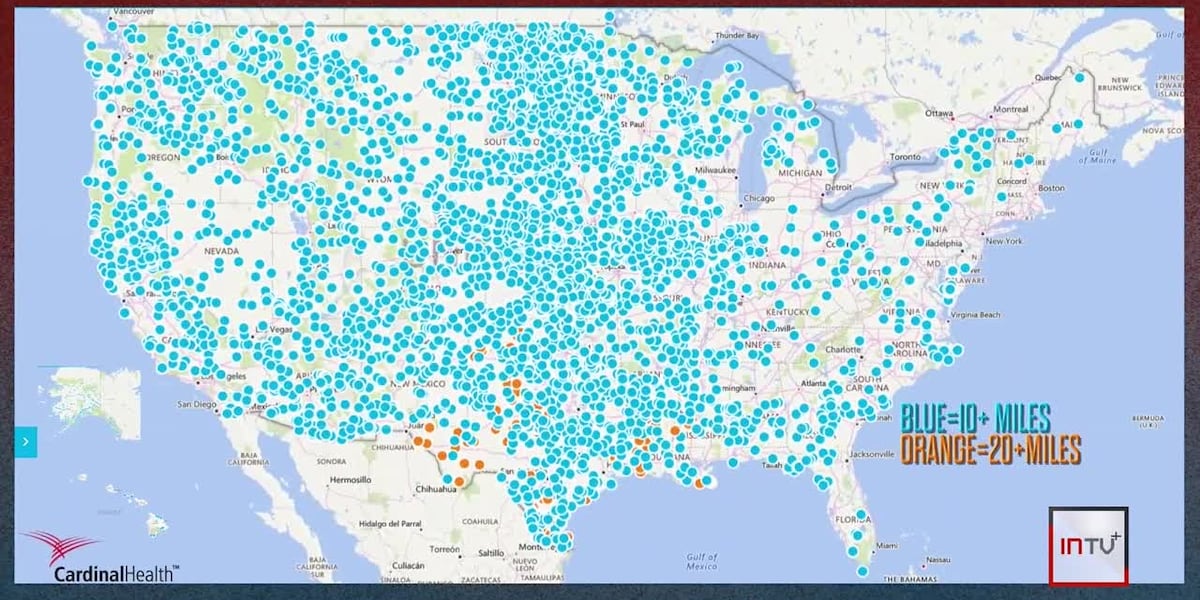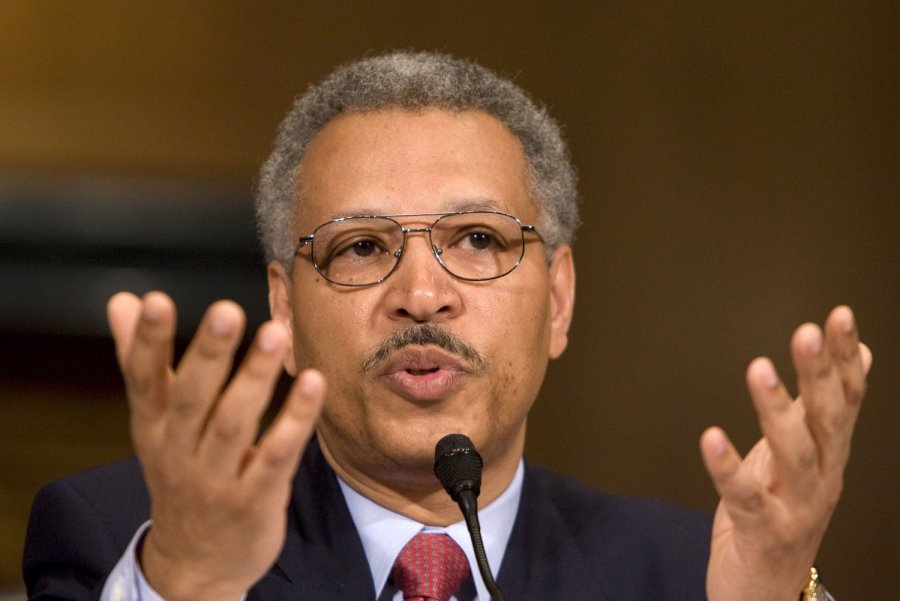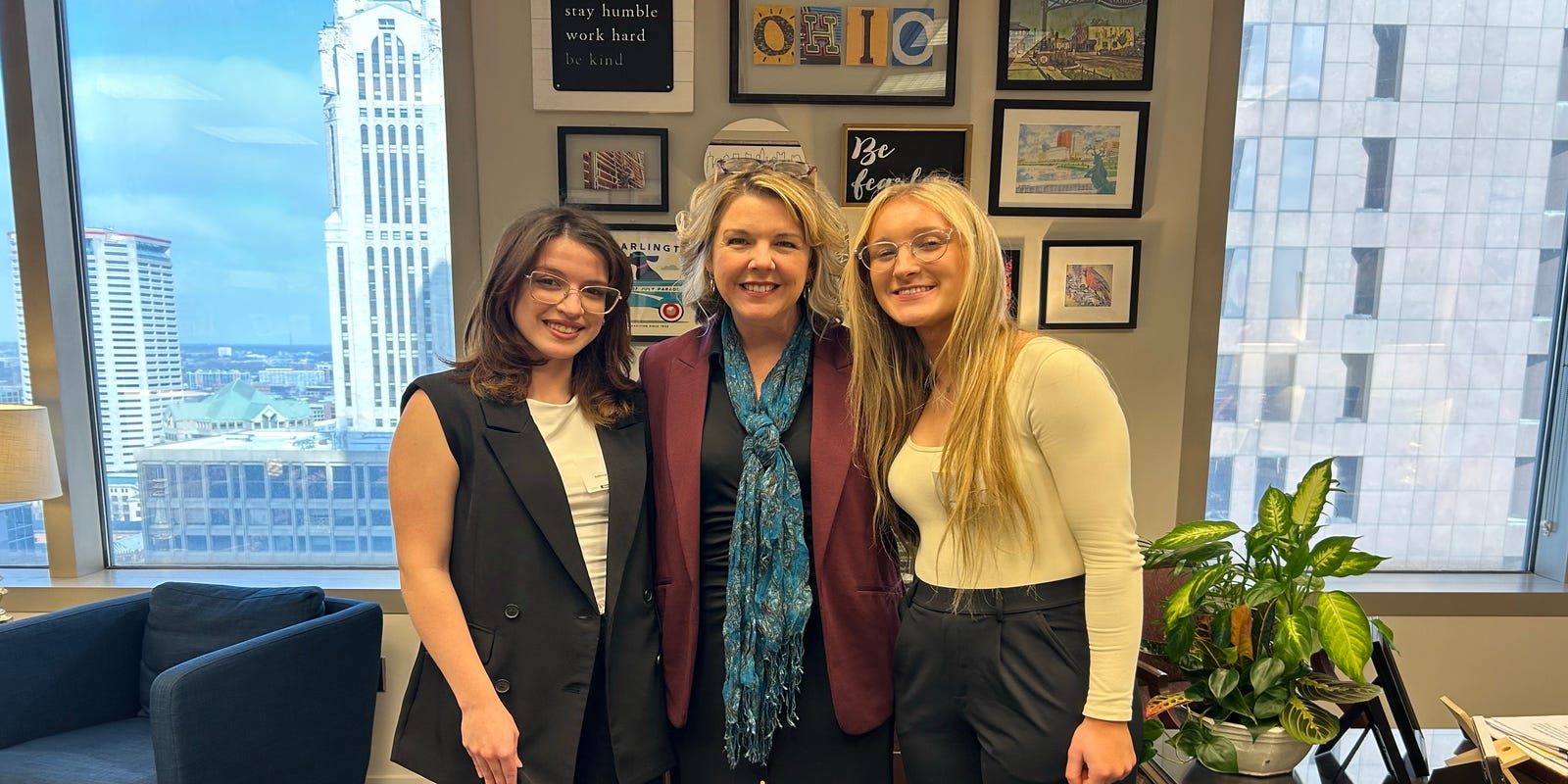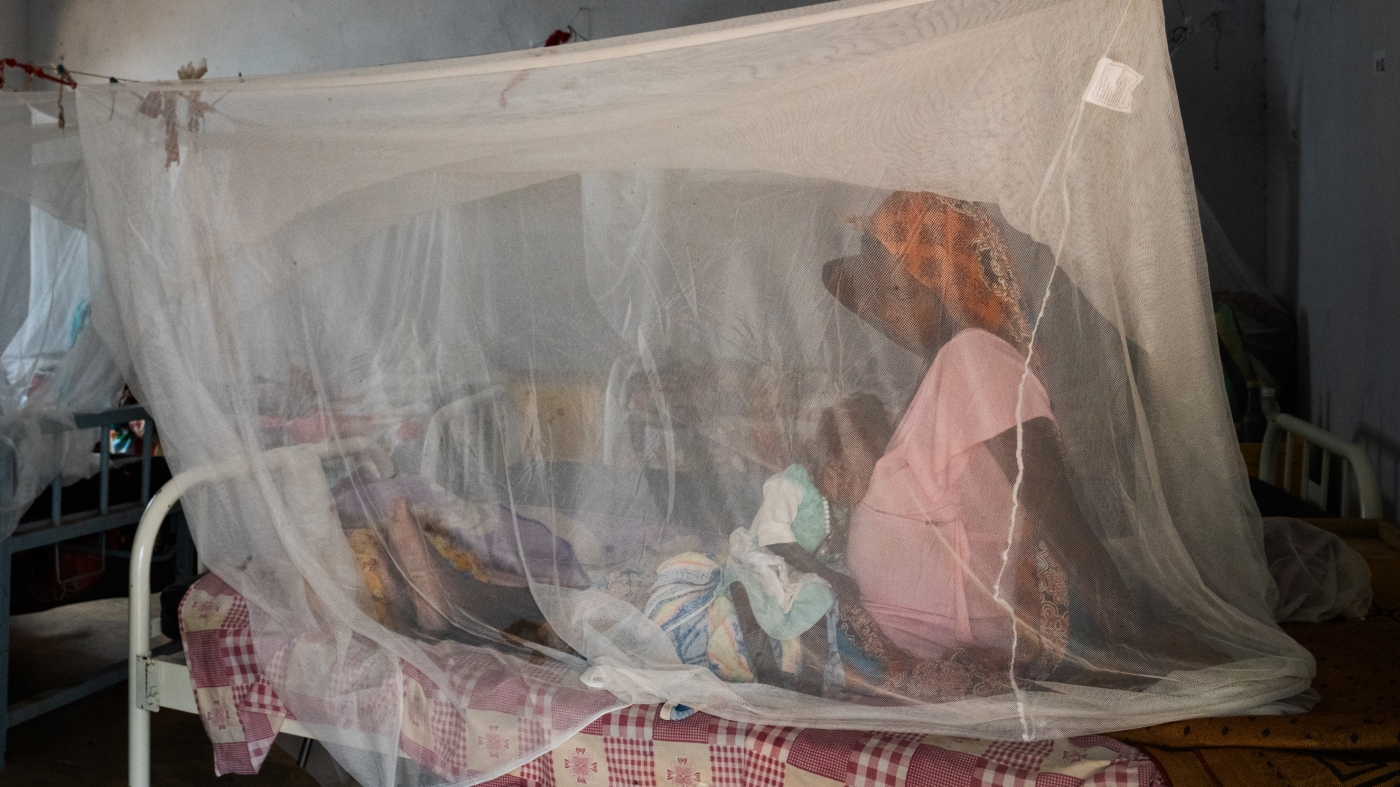Pharmacy Deserts: How Half of US Counties Are Leaving Patients Without Critical Medical Access
Health
2025-04-28 19:58:12Content

A groundbreaking study from Ohio State University has revealed a startling healthcare accessibility challenge across the United States. Researchers discovered that nearly half of all counties in the nation are grappling with what experts call "pharmacy deserts" - areas where residents face significant obstacles in accessing essential medications and pharmaceutical services.
These pharmacy deserts are characterized by a complete absence of drug stores within a ten-mile radius, creating substantial barriers to healthcare for millions of Americans. The study highlights a critical gap in pharmaceutical infrastructure, particularly impacting rural and underserved communities.
The implications of these pharmacy deserts are profound, potentially compromising residents' ability to obtain necessary prescriptions, over-the-counter medications, and critical health consultations. For many individuals, especially those with limited transportation options or mobility challenges, this lack of nearby pharmacies can translate into serious health risks and reduced medical care accessibility.
As healthcare accessibility continues to be a pressing national concern, this research underscores the urgent need for strategic interventions to address pharmaceutical service disparities across different regions of the country.
Pharmaceutical Access Crisis: The Vanishing Lifeline in Rural America
In an era of advanced medical technology and interconnected healthcare systems, a silent crisis is unfolding across the United States. The accessibility of essential medications has become a critical challenge for millions of Americans, particularly those residing in rural and underserved communities. This emerging pharmaceutical landscape reveals a stark reality that threatens the health and well-being of countless individuals.Bridging the Healthcare Gap: A Nationwide Pharmaceutical Accessibility Challenge
The Geographical Pharmaceutical Divide
The landscape of pharmaceutical access in the United States has become increasingly complex and challenging. Researchers from Ohio State University have uncovered a disturbing trend that exposes significant gaps in medication accessibility across the nation. Their comprehensive study reveals that nearly half of all counties in the United States are experiencing what experts term "pharmacy deserts" - regions where obtaining essential medications requires extraordinary effort and travel. These pharmaceutical deserts represent more than just an inconvenience; they are a critical public health challenge that disproportionately affects vulnerable populations. Rural communities, elderly residents, and individuals with limited transportation options bear the brunt of this accessibility crisis. The absence of nearby pharmacies creates substantial barriers to obtaining life-saving medications, routine prescriptions, and essential healthcare supplies.Economic and Health Implications of Pharmaceutical Isolation
The ramifications of pharmaceutical deserts extend far beyond mere geographical inconvenience. Communities without local drug stores face multifaceted challenges that impact individual and collective health outcomes. Transportation costs, time constraints, and increased healthcare expenses become significant obstacles for residents forced to travel considerable distances to access medications. Economic factors play a crucial role in perpetuating these pharmaceutical deserts. Rural communities often struggle with declining populations, reduced economic opportunities, and limited healthcare infrastructure. Pharmaceutical chains and independent drugstores find it increasingly challenging to maintain profitable operations in these areas, leading to widespread closures and reduced medical accessibility.Technological and Community-Driven Solutions
Innovative approaches are emerging to address the pharmaceutical accessibility challenge. Telemedicine platforms, mobile pharmacy services, and community-driven healthcare initiatives are developing creative solutions to bridge the geographical divide. Drone delivery services, expanded mail-order prescription programs, and collaborative healthcare networks are demonstrating promising potential in mitigating the impact of pharmacy deserts. Local governments, healthcare organizations, and technology companies are increasingly recognizing the urgent need for comprehensive strategies. Investments in digital health infrastructure, community pharmacy support programs, and targeted healthcare initiatives are becoming critical components of addressing this complex issue.Policy and Systemic Interventions
Addressing pharmaceutical deserts requires a multifaceted approach involving policy reforms, financial incentives, and strategic healthcare planning. Policymakers must develop comprehensive strategies that support rural healthcare infrastructure, provide economic incentives for pharmacy establishments, and leverage technological innovations to enhance medication accessibility. State and federal governments are being called upon to implement targeted interventions that recognize the unique challenges faced by underserved communities. This may include subsidies for rural pharmacies, expanded telehealth regulations, and innovative funding mechanisms designed to sustain critical healthcare services in economically challenged regions.Individual and Community Empowerment
While systemic challenges require broad interventions, individual and community-level actions can also contribute to mitigating pharmaceutical accessibility issues. Community health education, collaborative healthcare networks, and proactive medication management strategies can help residents navigate the complexities of limited pharmaceutical resources. Patient advocacy groups, local healthcare providers, and community organizations play a pivotal role in raising awareness, developing support networks, and implementing grassroots solutions that address the immediate needs of residents in pharmacy deserts.RELATED NEWS
Health

Health Care Shock: Aetna's Exit Leaves Nearly 1M Americans at Risk of Coverage Loss
2025-05-05 00:04:38
Health

Young Innovator: How a Teenage Visionary Tackled Ohio's AI Healthcare Oversight Gap
2025-04-26 10:04:51
Health

Global Health in Peril: The Looming Threat of USAID's Potential Dismantling
2025-03-07 05:06:17





